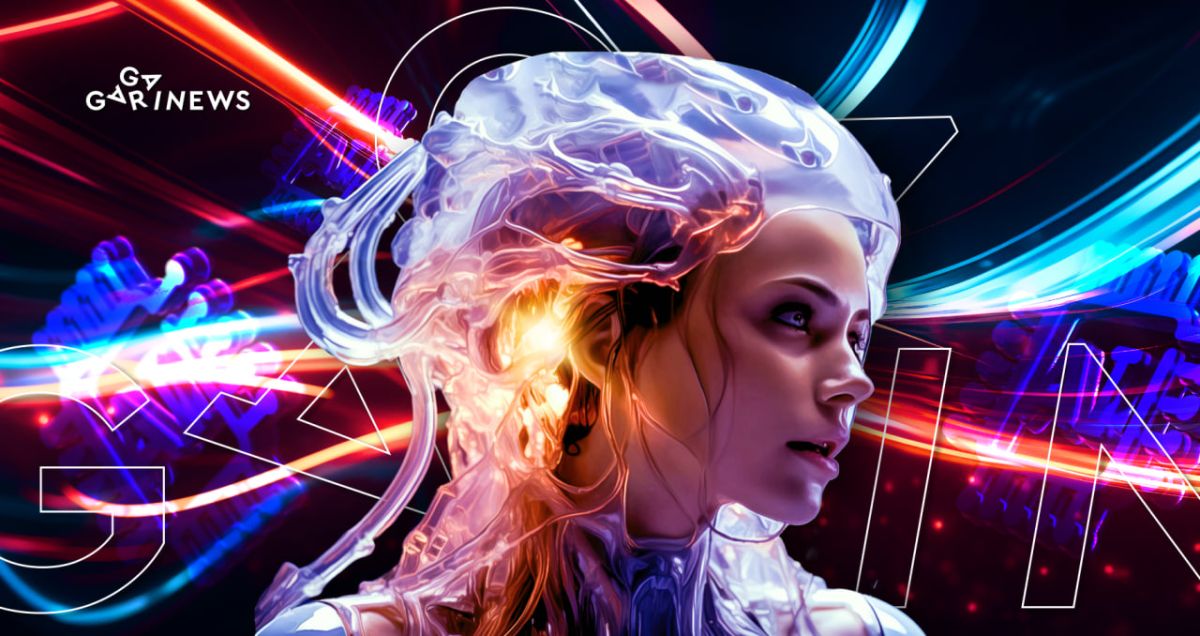Deepfakes Prompt False Memories

While some may perceive AI-generated deepfakes as simple facial overlays in videos, they are, in fact, intricate technologies. Operating through a minimum of two generative networks, these systems create and compare images, subsequently exchanging their discoveries.
Ultimately, the neural networks can't differentiate between genuine and counterfeit. Consequently, psychologists are delving into the effects of deepfakes, and the deceptive memories they might cultivate within viewers.
Research
The potential influence of image generation techniques based on AI, commonly known as deepfakes (a blend of "deep learning" and "fake"), has been the subject of a recent study titled "Face/Off: Changing the Face of Cinema with Deepfakes". This investigation was spurred by escalating worries that deepfakes might propagate disinformation and foster illusory recollections. During their study, the researchers presented original film remakes and deepfake versions to a curated group of individuals.
Participants viewed clips or descriptions of movie remakes. Some were real studio remakes (e.g. Carrie, Tomb Raider), while others were fictitious deepfakes: Brad Pitt in The Shining, Will Smith in The Matrix, Charlize Theron in Captain Marvel, Chris Pratt in Indiana Jones,utlined Gillian Murphy, an applied psychology lecturer at University College Cork in Ireland.
Subsequent discussions about the films—both genuine studio releases and deepfake remakes—revealed that audiences became entangled between truth and deception. Not only did viewers struggle to differentiate between real films and those crafted by AI, but they also fabricated narratives related to movies that never existed. For instance, participants earnestly discussed how "Indiana Jones" had supposedly been remade in Hollywood in a certain year, based on the deepfake they viewed. They "recalled" the reactions of other movie-goers to this remake, speculating about the movie premiere's success and its profitability during its run.
In essence, this points to the formation of false memories. Such memories manifested in 49% of the participants. Surprisingly, many remembered the fake remake more distinctly than the original film. It's a thought-provoking issue, yet…
Researchers emphasize that human memory isn't a straightforward recording device. It's not akin to a video camera. Memories are reconstructive and can evolve based on new information. They emerge from logical inferences, personal experiences, external evaluations, and even imagined scenarios or dreams. As such, the "misinformation effect" can naturally occur without any push from AI.
Simultaneously, researchers theorize that texts generated with Large Language Models (LLMs), viral marketing, and AI-enhanced short videos might induce false memories. However, even traditional, authentically produced videos and written descriptions can cause a mix-up in an individual's perception.
The prevailing concern is that ultra-realistic deepfakes, representing a new frontier of deceptive media, could potentially render larger populations—even on a global scale—more susceptible to false memories. However, concrete evidence to back this claim remains elusive.
Pros and Cons
As indicated in the research, deepfakes, initially a specialty of a professional Reddit community, gained infamy once the broader internet community accessed the technology. In 2019, the cybersecurity company DeepTrace found that 95-96% of deepfake videos on the internet consisted of AI-generated pornography. The faces of celebrities and politicians were superimposed onto the bodies of adult film actors. Alarmingly, nearly all of these videos were made without the consent of those depicted.
However, in the same year, the website Collider painted deepfakes in a different light.
Within five years, deepfakes will have advanced to the point that it will not only be possible but probable we’ll be watching the likes of Marilyn Monroe co-starring opposite Heath Ledger in entirely original feature filmscited the researchers from the publication.
the use of AI on film sets simplifies the process of overlaying main characters' faces onto the faces of stunt doubles or extras. This eliminates the need for intricate, expensive makeup and specialized costumes. Directors don't need to craft scenes to obscure a stand-in's face subtly.
In essence, the technology behind deepfakes offers the film industry a pathway to faster and more cost-effective production. Even though a majority of the participants in the study expressed their disdain for the use of deepfakes in film and video, this trend seems unstoppable. The challenge now is to determine how to protect viewers from potentially developing excessive false memories.
Yet, the researchers themselves posited that movie deepfakes might not critically affect the memories of audiences. They tend to perceive a fabricated Brad Pitt or Charlize Theron not as a mental threat to cinema aficionados, but as a cultural occurrence.
Moreover, as we noted earlier, experts are currently deliberating on the need to promptly introduce markers and watermarks for content produced by large language models. It's plausible that similar markers may be essential for video content created with the aid of AI. At the very least, this would keep viewers informed about whether they're watching an original piece or a deepfake.

